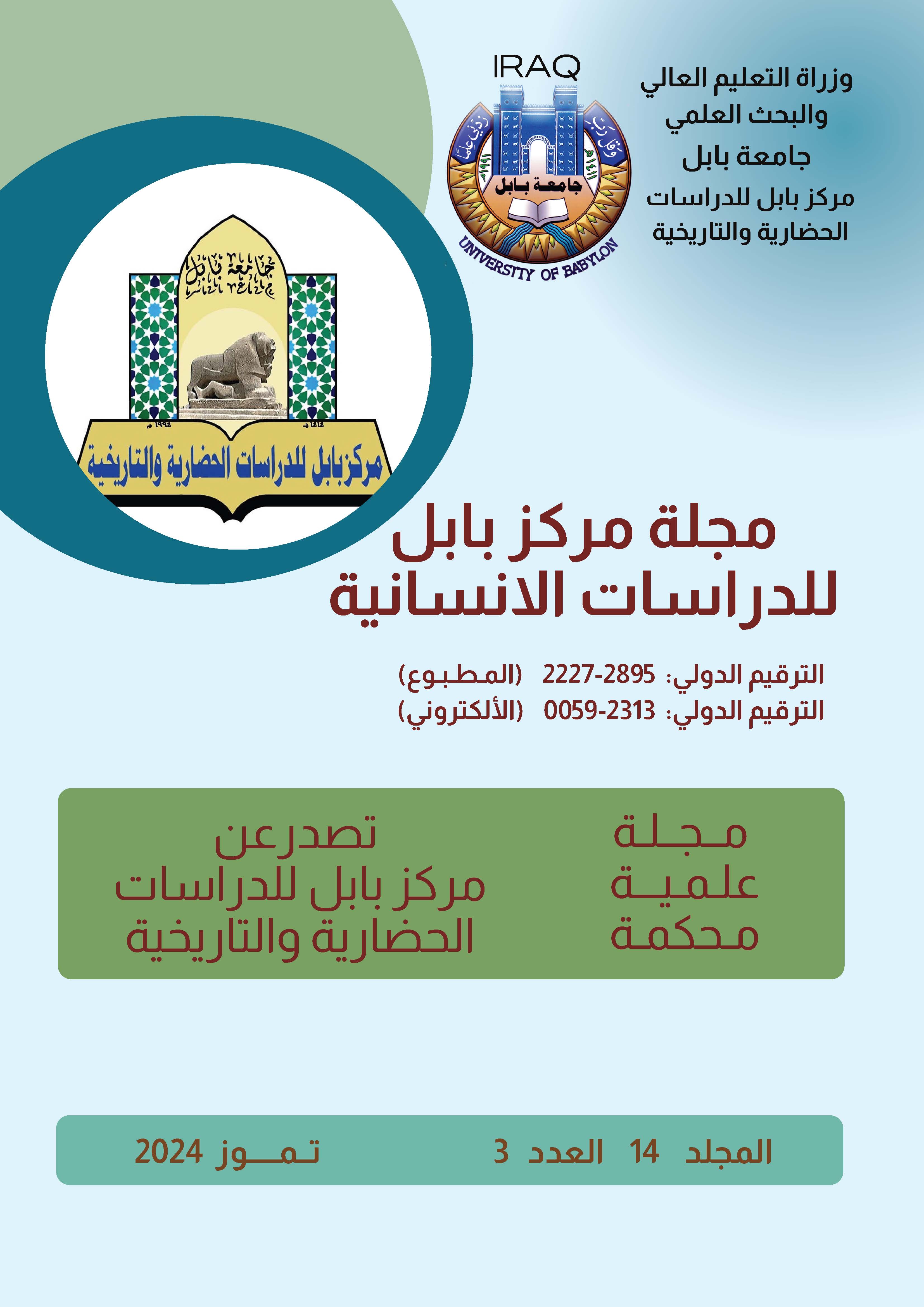"The Political Struggle Among the Islamic Eastern Dynasties and Its Impact on the City of Marw al-Rudh (201-389 AH / 816-999 AD)
Keywords:
Sultan, Marv, Al-Routh, Saffariyya, Abbasiya, mini-states, Islamic Levant.Abstract
The city of MerW al-Rud, located in the Khorasan region, held a significant strategic and geographical position that made it a key player in the political and military history of the Islamic Eastern states during the 3rd and 4th centuries AH. Its importance stemmed from being a battleground for the continuous conflicts among the nascent states, each seeking to extend its administrative and military control over Khorasan and its cities, including MerW al-Rud.
These conflicts profoundly shaped the political and military history of MerW al-Rud, making it a crucial turning point in the region. Throughout the centuries, the city came under the rule of several emirates, beginning with the Tahirids and Saffarids, followed by the Samanids, and eventually the Ghaznavids. Each ruling dynasty left a distinct mark on the city, which alternately supported the caliphate against rebellion movements or became a center of insurrection against the central authority.
The city's rulers and their preferences were decisive in guiding the course of events, which granted Merv al-Rud a unique place in regional history. At various times, the city was a focal point for resolving disputes and conflicts among competing states, adding a unique political and military complexity to its character. The intertwining of loyalty and rebellion within the city enriched its historical narrative.
Over time, MerW al-Rud evolved beyond being merely a geographical location; it became a vital center of political and military activity in the Islamic East The succession of different rulers and the variety of its allegiances made it a unique model for understanding the dynamics of power and influence during that period. Furthermore, the latter half of the 3rd century AH saw a clear religious influence, as the city emerged as an active hub for religious advocates This new dimension of religious competition attracted the attention of military leaders, particularly during the reign of Sultan Nasr ibn Ahmad, who embraced religious diversity.
In summary, MerW al-Rud exemplifies the importance of geographical location in determining the fate of cities and their influence within the broader context of political, military, and religious events in the historical era of the early Abbasid period.







